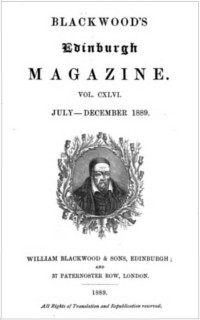Oscar Wilde
First published in Blackwood’s Magazine, 1889
Erskine tells the unnamed first-person narrator about his friend Cyril Graham, who became obsessed with the theory that ‘Mr. W. H.’, the ‘onlie begetter’ of the Sonnets, was boy-actor ‘Willie Hughes’. In order to prove Hughes’s existence, Graham arranges for an impecunious artist to forge a painting of him. After Erskine discovers the deception, Graham kills himself; but refuses, in his suicide note, to abandon his idea, and urges Erskine to prove it. The narrator eagerly adopts the theory, and imagines Hughes travelling to Germany to perform Shakespeare’s work there before being killed in an uprising in Nuremberg. Erskine also becomes persuaded; years later, he too dies and bequeaths the forged painting to the narrator. Coming from Oscar Wilde, this piece is noteworthy for its anti-Shakespeare stance (Wilde was a sometime Shakespeare doubter) as well as its openness about homosexuality. —SJJ
